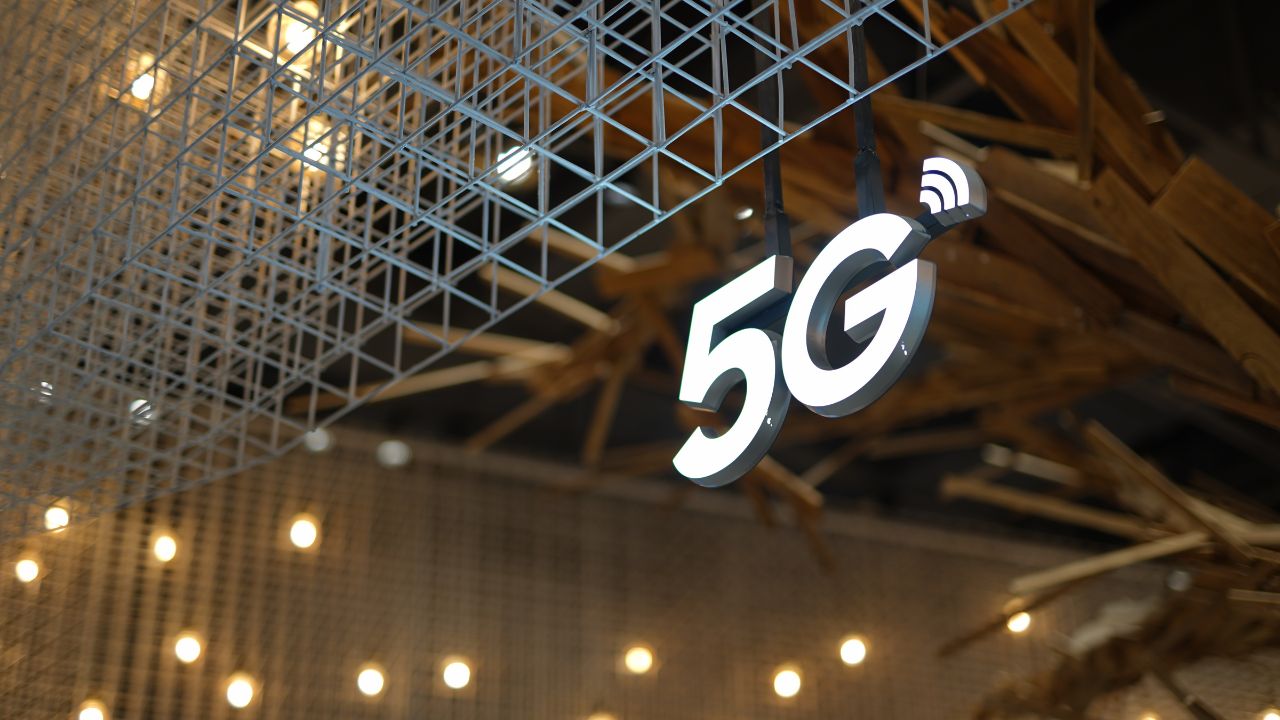Mobile connectivity has come a long way. From the days of 2G, when text messages felt revolutionary, to 3G enabling basic internet browsing, and 4G powering the rise of smartphones and streaming, each generation of mobile networks has transformed how we live, work, and connect. Now, 5G technology is taking centre stage, promising not just faster downloads but a complete reimagining of connectivity.
5G is often described as a “game-changer.” Beyond speed, it offers lower latency (quicker response times) and the capacity to connect billions of devices simultaneously. This will enable everything from self-driving cars to smart cities. Yet, with new opportunities come questions about accessibility, infrastructure, and health concerns.
What is 5G?
5G stands for the fifth generation of mobile network technology. It is designed to provide three main improvements over 4G:
- Faster Speeds – Up to 100 times faster than 4G in ideal conditions.
- Lower Latency – Response times as low as 1 millisecond, compared to 30–50 milliseconds on 4G.
- Greater Capacity – The ability to connect massive numbers of devices simultaneously, essential for the Internet of Things (IoT).
Unlike 4G, which focused primarily on improving mobile internet, 5G is designed to be the foundation for new industries and services, from healthcare to transport.
How 5G Works
5G operates using a wider range of radio frequencies:
- Low-band spectrum: Offers wide coverage but moderate speeds.
- Mid-band spectrum: Balances coverage and speed, making it the backbone of most 5G networks.
- High-band spectrum (mmWave): Extremely fast but with limited range, ideal for urban areas with high demand.
Because high-frequency signals struggle to travel long distances or penetrate buildings, 5G requires more base stations and antennas than 4G. This has raised infrastructure costs but also made connections more reliable in dense environments.
Key Features of 5G
Ultra-Fast Speeds
Downloading a full HD movie could take seconds instead of minutes. This enables smoother streaming, faster app updates, and more immersive online experiences.
Low Latency
Critical for applications like autonomous driving, remote surgery, and online gaming, where split-second responses make the difference.
Network Slicing
5G networks can be “sliced” into virtual sections. For example, hospitals could have a dedicated 5G slice for medical equipment, ensuring reliable connectivity even when consumer demand spikes.
Massive IoT Connectivity
Billions of devices—from fridges and watches to traffic lights—can connect simultaneously without overwhelming the network.
Impact of 5G on Daily Life
1. Faster, Smoother Entertainment
Streaming in 4K and 8K will become mainstream, with no buffering. Virtual reality (VR) and augmented reality (AR) experiences will be more realistic, powering new forms of gaming, education, and tourism.
2. Smarter Homes and Cities
IoT devices like smart meters, appliances, and home assistants will work seamlessly. Cities can use 5G to manage traffic lights, waste collection, and public safety systems more efficiently.
3. Remote Work and Collaboration
Video calls, cloud computing, and remote collaboration will become smoother and more reliable. This could make hybrid work even more viable.
4. Healthcare Innovations
5G enables telemedicine with ultra-clear video, wearable health trackers that send real-time data to doctors, and even remote surgeries performed with robotic assistance.
5. Safer Transport
Autonomous vehicles rely on ultra-low latency to “communicate” with each other and traffic infrastructure. 5G makes this coordination possible, improving road safety and reducing congestion.
6. Shopping and Retail
AR shopping experiences, trying on clothes virtually or placing digital furniture in your home, will become widespread. Payments and logistics will also speed up.
7. Education
Remote learning will evolve into interactive VR classrooms, where students participate in lifelike lessons, from exploring the solar system to practising chemistry experiments safely.
Potential Challenges of 5G
Infrastructure Costs
5G requires a dense network of antennas. Rolling it out across rural areas remains a challenge due to cost and geography.
Device Compatibility
Only newer smartphones and devices support 5G, meaning adoption is gradual and dependent on upgrades.
Privacy and Security
With billions of connected devices, the risk of cyberattacks increases. Stronger cybersecurity measures will be essential.
Health Concerns
Some groups have expressed concerns about radiation from 5G antennas. However, current scientific consensus indicates that 5G frequencies are safe when used within international guidelines.
Digital Divide
There’s a risk that urban areas will benefit far sooner than rural or developing regions, widening inequality in digital access.
The Future with 5G
In the next decade, 5G will serve as the backbone for:
- 6G Development: Expected by the 2030s, building on 5G foundations with even greater speeds.
- Smart Agriculture: Farms using drones and sensors to monitor soil, crops, and livestock in real time.
- Immersive Media: VR concerts, AR sports broadcasts, and interactive entertainment at unprecedented scale.
- Industry 4.0: Factories running on AI-driven automation powered by 5G networks.
Ultimately, 5G is less about faster browsing and more about enabling an interconnected ecosystem of technologies.
Frequently Asked Questions
Q: Do I need a 5G phone to use 5G?
Yes. Only 5G-enabled devices can connect to 5G networks.
Q: Will 5G replace Wi-Fi?
Not entirely. Wi-Fi remains useful for homes and businesses, but 5G will complement it, especially for mobile and outdoor use.
Q: Is 5G available everywhere?
No. While many cities now have 5G, rural coverage is still developing.
Q: Will 5G make my data plan more expensive?
Initially, some providers may charge premiums, but costs usually fall as technology becomes mainstream.
5G is more than just the next step in mobile connectivity; it is the foundation for a new digital era. From healthcare and education to entertainment and transport, it promises to reshape daily life in profound ways. Yet, challenges remain, including rollout costs, privacy risks, and ensuring equal access.
For everyday users, 5G means faster speeds, fewer delays, and a seamless digital experience. For industries, it opens doors to innovations that once seemed impossible. As adoption spreads, 5G will quietly weave itself into the fabric of society, transforming how we live, work, and connect.








Leave a Comment